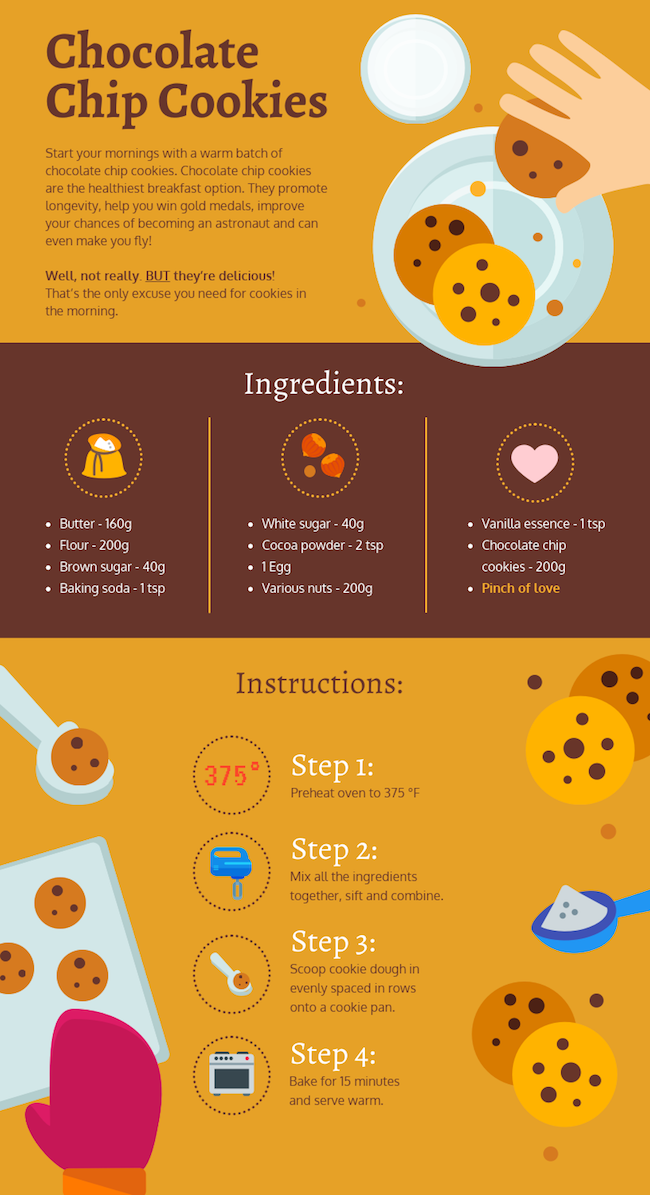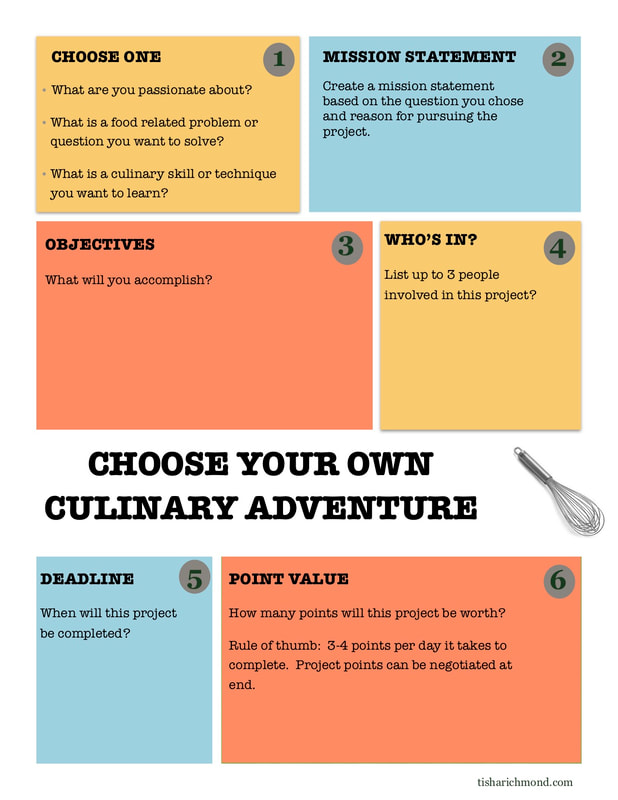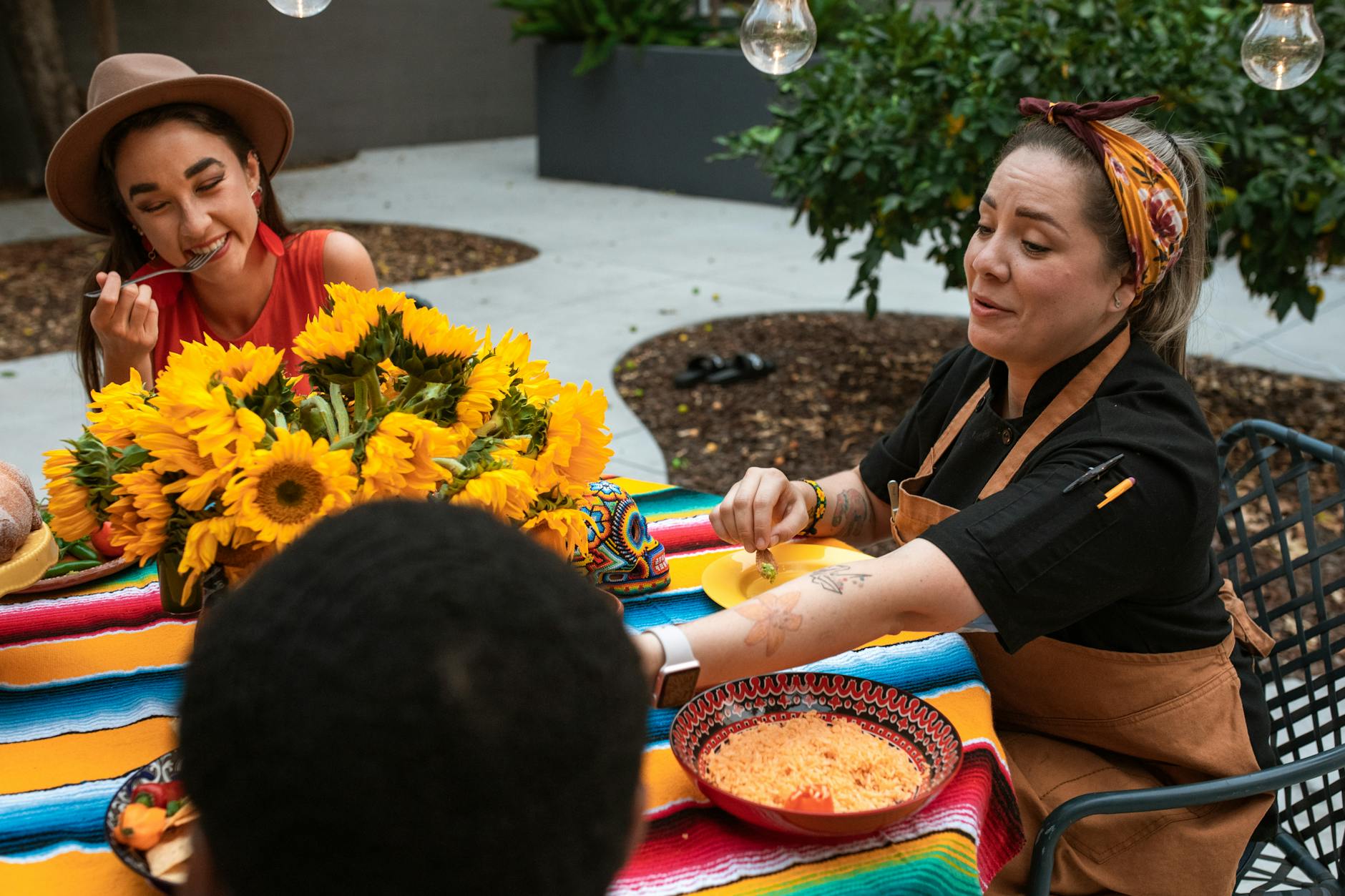Embark on a delicious journey with these simple steps to kickstart your culinary adventure. Get ready to tantalize your taste buds!
Table of Contents
- Introduction to Your Culinary Adventure
- Setting Up Your Kitchen Space
- Understanding Food Safety
- Learning Basic Cooking Techniques
- Choosing Your First Easy-to-Follow Recipes
- Exploring Flavors and Ingredients
- The Art of Making Your Dish Look Tasty
- Staying Inspired and Learning More
- Cleaning Up After Cooking
- Conclusion
- FAQs
Introduction to Your Culinary Adventure
Welcome, young chefs, to the beginning of an exciting culinary adventure! Are you ready to dive into the world of cooking and explore the wonders of creating delicious dishes? Whether you’re already a budding chef or just starting out, this guide is here to inspire you on your journey of flavors and fun.
Starting to cook can seem a little daunting at first, but don’t worry, we’re here to guide you through every step of the way. Get ready to roll up your sleeves, put on your chef’s hat (metaphorically, of course!), and discover the joy of preparing meals in your very own kitchen.
So, grab your apron and let’s get cooking! Let’s explore the magic of flavors, learn essential kitchen basics, and embark on a mouth-watering adventure in the world of food.
Setting Up Your Kitchen Space
Before you start your culinary adventure, it’s important to set up your kitchen space for success. By organizing your tools and workspace correctly, you can make cooking easier and more enjoyable. Let’s dive into the basics of creating a cooking-friendly environment.
Collecting Essential Tools
Every beginner chef needs to have the right tools in their kitchen to start cooking. Some essential tools include measuring cups and spoons, a cutting board, knives, pots and pans, spatulas, and mixing bowls. Having these tools on hand will make it easier for you to prepare delicious meals.
Organizing Your Workspace
Once you have gathered your essential tools, it’s time to organize your kitchen workspace. Make sure to keep frequently used items within easy reach. Arrange your tools and ingredients in a way that makes sense to you, so you can efficiently move around your kitchen while cooking. Keeping your workspace tidy and clean will also ensure a safe cooking environment.
Understanding Food Safety
When you begin your culinary adventure, it’s essential to understand how to handle food properly to avoid getting sick. Food safety is all about ensuring that the ingredients you use are clean and fresh, and that you follow specific guidelines to prevent the growth of harmful bacteria. Let’s take a closer look at some key aspects of food safety that every aspiring chef should know.

Image courtesy of orioly.com via Google Images
Washing Hands and Surfaces
One of the most important rules of cooking is to always wash your hands before and after handling food. This simple practice helps prevent the spread of germs and keeps your ingredients safe to eat. Use warm water and soap to wash your hands thoroughly for at least 20 seconds. Additionally, make sure to clean and sanitize your cooking surfaces regularly to avoid cross-contamination.
Storing Food Correctly
Properly storing food is crucial to maintaining its freshness and flavor. Make sure to store perishable items like meat, dairy, and produce in the refrigerator to prevent the growth of harmful bacteria. Keep raw meat separate from other foods to avoid cross-contamination, and make sure to follow any storage instructions provided on the packaging. By storing your ingredients correctly, you can ensure that they remain safe to use in your culinary creations.
Learning Basic Cooking Techniques
Embarking on your culinary adventure means learning the essential cooking techniques that will help you create delicious dishes. Let’s dive into some basic skills every young chef should know!
Mixing and Measuring
Before you start cooking, it’s important to measure your ingredients correctly. Use measuring cups for dry ingredients like flour and sugar, while measuring spoons are perfect for smaller amounts like salt or baking powder. Make sure to level off your measurements with a knife for accuracy. When mixing ingredients together, stir gently to combine them without overdoing it.
Heating and Preheating
Using the stove or oven can seem a little intimidating at first, but with practice, you’ll become a pro. When cooking on the stove, adjust the temperature to control how hot your pan gets. Preheating the oven means letting it reach the right temperature before you put your dish inside. Always use oven mitts when handling hot pots, pans, or trays to keep your hands safe.
Choosing Your First Easy-to-Follow Recipes
Embarking on your culinary adventure means you’re ready to start cooking some delicious dishes. As a beginner chef, it’s essential to find recipes that are easy to follow and fun to make. Let’s explore how you can find the perfect recipes to begin your journey in the kitchen.

Image courtesy of venngage.com via Google Images
Using a Recipe Site
One excellent way to discover easy-to-follow recipes is by using a recipe site. These websites are filled with a variety of dishes for every skill level. When navigating a recipe site, look for tags or categories that indicate the recipes are suited for beginners.
Try searching for terms like “quick and easy,” “simple recipes,” or “beginner-friendly.” These keywords can help you filter out the more complex dishes and find ones that match your cooking level.
Reading a Recipe Successfully
When you’re new to cooking, some of the terms and instructions in recipes might seem confusing. To conquer this, break down the recipe into smaller steps. Take your time to understand each part before moving on to the next.
Start by reading the entire recipe from beginning to end to get an overall picture of what you’ll be doing. Then, focus on each step individually. Pay attention to the ingredients needed, quantities, and the order in which they are used. Understanding the structure of a recipe will make following it much easier.
Exploring Flavors and Ingredients
In your culinary adventure, it’s essential to have fun with flavors and ingredients. This is where you get to be creative and learn about new tastes that can make your dishes truly amazing!
| Step | Description |
|---|---|
| 1 | Choose your cooking style: Decide if you want to specialize in a certain cuisine or if you want to explore various types of dishes. |
| 2 | Gather essential tools: Invest in quality cookware, knives, and utensils to make your cooking experience easier and more enjoyable. |
| 3 | Start with the basics: Learn fundamental cooking techniques such as chopping, sautéing, and baking to build a strong foundation. |
| 4 | Experiment with different ingredients: Be adventurous and try new flavors and ingredients to expand your culinary horizons. |
| 5 | Practice regularly: The more you cook, the better you will become, so don’t be afraid to experiment and make mistakes. |
| 6 | Seek inspiration: Watch cooking shows, read cookbooks, and take cooking classes to learn new recipes and techniques. |
Tasting as You Go
One exciting part of cooking is tasting your food as you go along. This helps you adjust the flavors to make sure your dish turns out just right. So don’t be afraid to grab a spoon and give it a taste!
Experimenting with Spices
Spices are like magic ingredients that can transform a dish from good to extraordinary. Start by exploring simple spices like salt, pepper, garlic powder, and paprika. As you gain more confidence, you can try out exotic spices like cumin, turmeric, or cinnamon. Just remember, a little goes a long way!
The Art of Making Your Dish Look Tasty
When it comes to cooking, it’s not just about making delicious food; it’s also about making your dish look appetizing. The way your food is presented can make a big difference in how much you enjoy eating it. Here are some simple tips on how to make your food look as good as it tastes!

Image courtesy of www.tisharichmond.com via Google Images
Plating Your Food
Plating your food is like creating a piece of art on a plate. Start by choosing a nice plate that complements the colors of your dish. When it’s time to serve, place the main item in the center of the plate and arrange any sides around it neatly. You can even use a spoon to create swirls or drizzles of sauce for a professional touch. Remember, the presentation can enhance the flavor experience!
Adding Garnishes
Garnishes are like the finishing touch that brings your dish to the next level. You can use fresh herbs, such as parsley or basil, to add a pop of color. Or try sprinkling some toasted nuts or seeds on top for extra texture. Even a simple dusting of paprika or a lemon wedge can make your dish look more appealing. Get creative and have fun decorating your plate!
Staying Inspired and Learning More
One fantastic way to keep the excitement alive in your culinary adventure is by cooking with your family or friends. Not only is it super fun to bond over creating delicious dishes, but you can also learn new skills and recipes from each other. Sharing the joy of cooking can make the experience even more enjoyable and memorable.
Finding Cooking Shows and Books
If you’re looking to expand your knowledge and stay inspired in the kitchen, exploring cooking shows and books can be a fantastic idea. There are plenty of engaging cooking shows on TV or online platforms that can teach you advanced techniques or introduce you to new recipes. Additionally, browsing through cookbooks or cooking magazines can spark your creativity and offer plenty of culinary inspiration. So, grab a comfy spot, and dive into the world of cooking through captivating shows and exciting books!
Cleaning Up After Cooking
After you’ve created a delicious meal in your culinary adventure, it’s essential to clean up your kitchen space. Starting with the dishes, gather all the pots, pans, plates, and utensils you used during cooking. Fill up the sink with warm, soapy water. Submerge the items in the water and scrub them with a sponge or scrub brush to remove any food residue. Rinse each item under running water to ensure all soap is removed, then dry them with a clean towel or let them air dry.

Image courtesy of venngage.com via Google Images
Storing Leftovers
When you have some of your yummy creations left over, storing them properly can keep them fresh and tasty for the next time you want to enjoy them. Make sure to transfer the leftovers into airtight containers before placing them in the refrigerator. Label the containers with the date so you know when you prepared them. This way, you can easily heat them up for a quick meal later on without any worries about spoilage.
Conclusion
In conclusion, starting your culinary adventure can be an incredibly rewarding experience that allows you to explore your creativity, try new flavors, and impress your family and friends with delicious meals. By following the steps outlined in this guide, including setting up your kitchen space, understanding food safety, learning basic cooking techniques, and choosing easy-to-follow recipes, you are well on your way to becoming a confident young chef.
Remember, the key to success in the kitchen is practice, patience, and a willingness to learn from your mistakes. Don’t be afraid to experiment with different ingredients and flavors, and always keep an open mind when trying new recipes. Cooking is a skill that can bring joy and fulfillment for a lifetime, so embrace the journey and enjoy every moment of it!
FAQs
What if I mess up a recipe?
Don’t worry! Making mistakes in the kitchen is a natural part of learning how to cook. Even professional chefs mess up sometimes! Instead of getting discouraged, use it as a learning opportunity. Try to figure out what went wrong and think about how you can do it differently next time. Remember, practice makes perfect!
How do I make my food spicy or less spicy?
Adjusting the spice level in your dishes is easy. If you want to make your food spicier, add some chili powder, hot sauce, or fresh chili peppers to your recipe. Start with a little bit and taste as you go to make sure it’s not too spicy for your liking. On the other hand, if you’ve made your food too spicy, try adding a little sugar, cream, or something acidic like lemon juice to balance out the heat. Remember, it’s all about finding the right balance to suit your taste!





